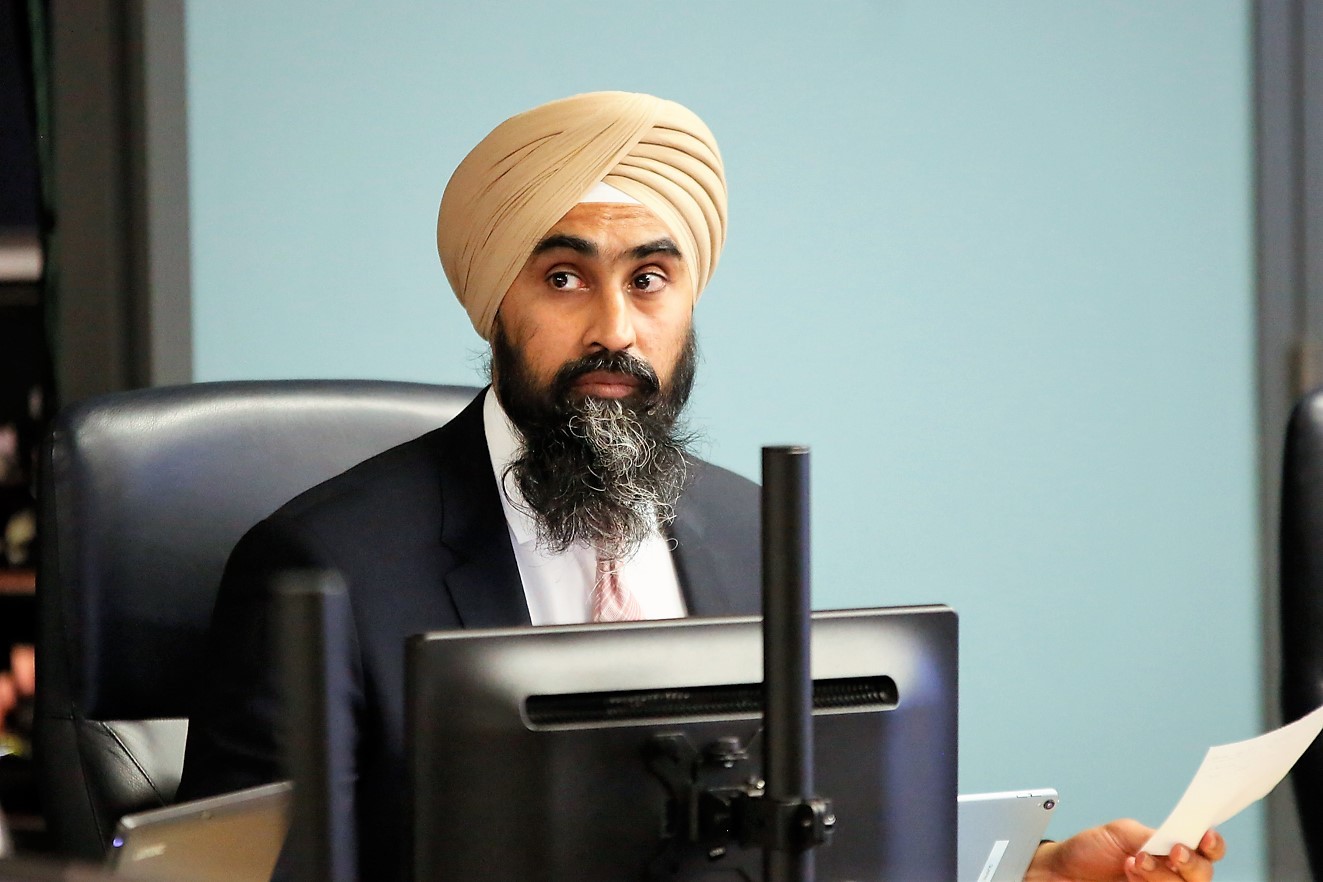
Council moves to get more staff, be more like other big cities
Brampton is the sum of its considerable parts.
It is the second fastest growing city in Canada, the fourth largest in Ontario, and the youngest (median age 33.7) in the Greater Toronto Area.
Its 600,000 residents make it the ninth largest in Canada, and it’s expected to grow beyond 900,000, possibly to a million, depending on how the city plans its future, by the year 2041.
About three-quarters of the population are visible minorities, a rainbow mix that makes it one of the most diverse places on the planet.
Running in concert with these numbers are the roles and responsibilities of its 10 councillors, four representing the city, and six with the dual portfolios of city/regional politicians (stay tuned for more on that as Premier Doug Ford looks to shake up the two-tier system of municipal government).
They represent wards that are microcosms of the whole – intense with development, dominated by housing, and plugged with traffic. The clear signs of hyper, runaway growth.
Its frantic pace shows no signs of letting up.
While Brampton stacks up against other big cities in terms of activity, does its 10-member council meet the public’s expectations?
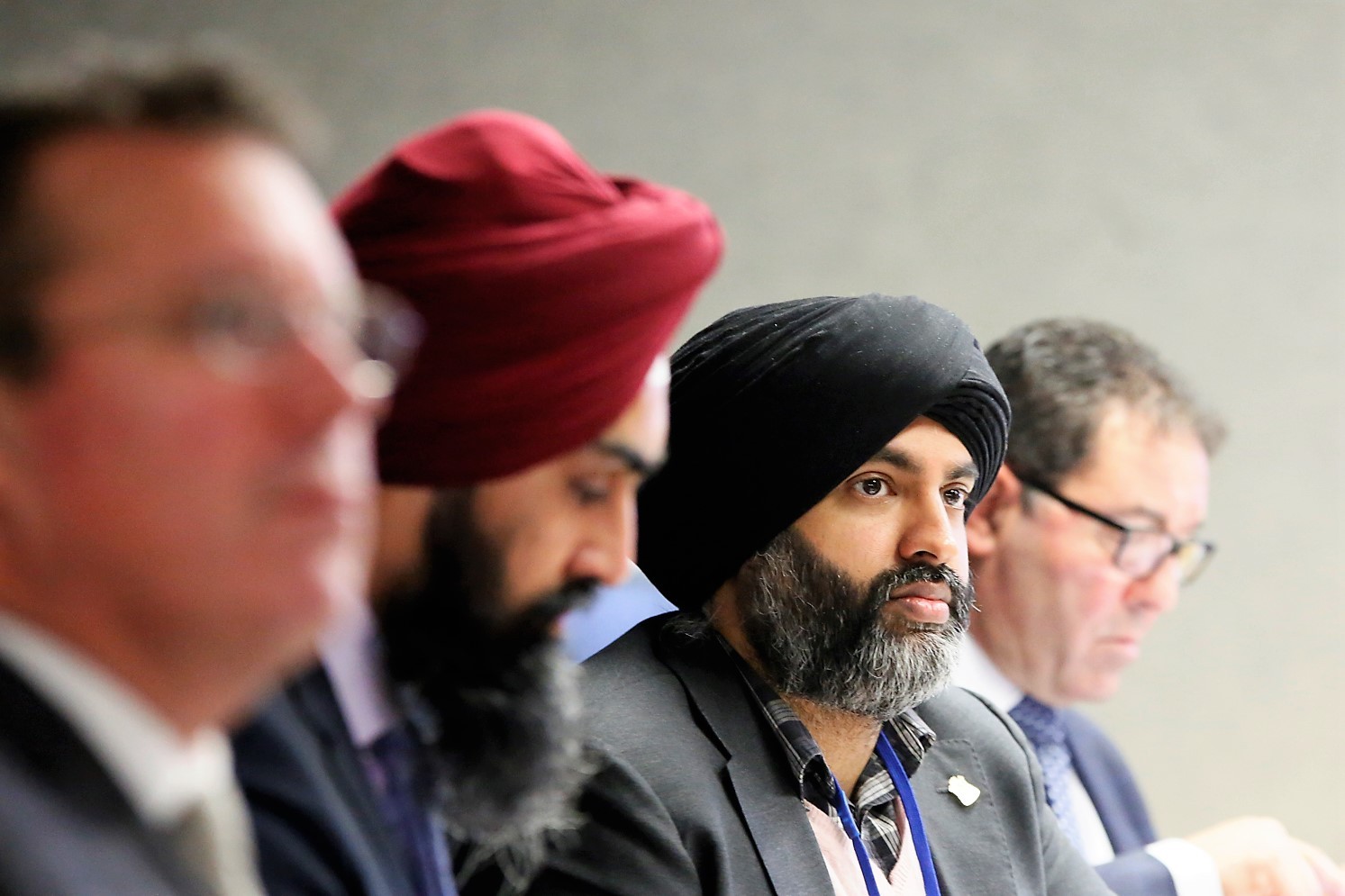
In August The Pointer commissioned a poll by Forum Research, which conducted an extensive survey across the city, asking 999 eligible Brampton voters a range of questions. One was about the performance of council. Only 21 percent, at that time, prior to the October municipal election, said they approved of the job councillors were doing to lead the city — 54 percent disapproved and 25 said they didn’t know.
So, if the answer is that the majority of the public does not believe councillors are meeting their expectations, the follow-up question is: Why?
Maybe they’re inadequately equipped to handle the growth and all of the big-city issues that come with it, or they’re simply being run off their feet?
You could make a case that the city’s double-digit growth rate, according to the 2016 census, is matched by the workload of the 10 members sitting around the council table.
How can they make well-informed decisions or communicate effectively with the public and the media that represent them if the work cycle — council, committees, reading staff reports, combing through budget documents, educating themselves on complex issues such as crime, transit and urban planning, all while attending to the daily demands of thousands of constituents — is hurried, and ever-expanding with the influx of new arrivers?
The city’s executive staff says it’s time Brampton paralleled other growth cities like Mississauga, Hamilton, and Ottawa.
It’s all about changing the dynamic of councillors’ work — and customer service models.
Brampton staffers were requested to report back on creating a new staffing model for Wednesday's Committee of Council meeting in the West Tower at City Hall.
In a successful motion put forward by Wards 9 and 10 Regional Councillor Gurpreet Dhillon, the city adopted a political office model similar to its neighbour to the south.
If passed by full council, it will allow for two staffers — an executive assistant (political hire) and administrative assistant — for each councillor. The additional cost adds up to about $1 million, plus costs for accommodating the extra staff at City Hall. The change means hiring 10 additional staff to fulfill the political roles, joining the single administrative staff member each councillor already has.
The new model might include restructuring the office space used by Councillors Jeff Bowman (Wards 3 and 4) and Charmaine Williams, (Wards 7 and 8) to make room for the new hires.
Ironically, Bowman was one of the councillors who voted against the motion in a 9-2 result. Mayor Patrick Brown supported the motion.
While a $1 million-plus price tag might be jarring to taxpayers at a time when the city is complaining of financial straits, staff leaders say they can shuffle services or find efficiencies to offset the cost in the next bduget.
It’s obvious to anyone who watches Brown that he has the work ethic of a Navy Seal, but even he has learned during his first weeks in office the non-stop nature of the job, including gruelling hours and a huge number of events he's expected to attend each week. Throw in council, committees, other meetings, media, to name just a few obligations. Brown likes the fact the two assistants will ease the burden on councillors.
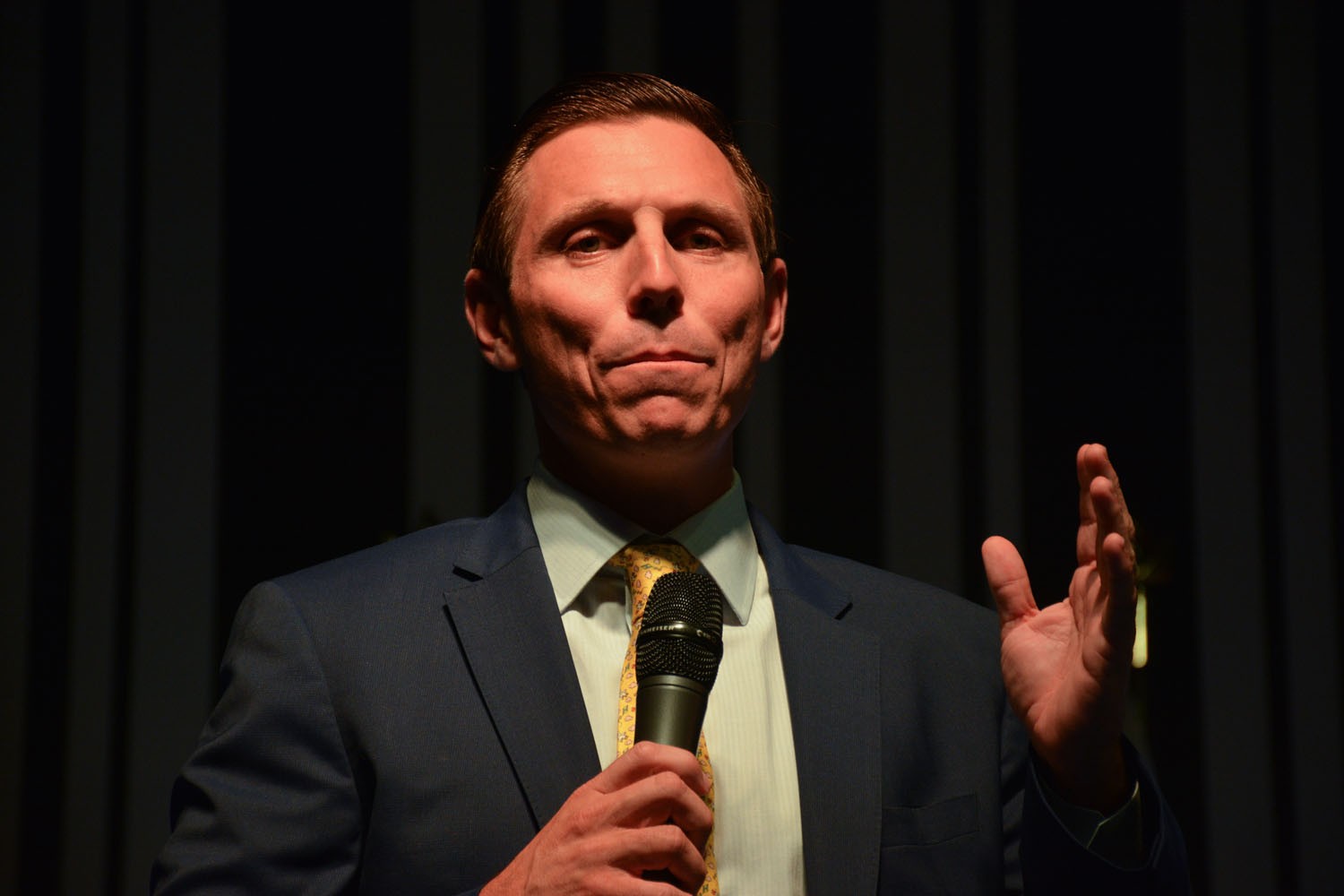
There has been a retail politics approach in the city for too long, critics and some councillors have observed, with elected officials driving to examine a pothole in front of a constituent’s home or meeting with residents about snow clearing issues or problems with garbage collection and a list of other complaints that constantly flood into their offices.
It’s a small-town approach to government, the style of the constituent-politician who has the luxury of not having to deal with big-city issues like organized crime, newcomer settlement and expanding rail transit for commuters.
Brown wants them to concentrate on the day-to-day job of city building. He also wants to “leave it to the discretion of the councillors on how they will budget the money in their office.” He said during Wednesday’s meeting he has confidence in their intelligence and if they want to fiddle around with the hiring mix, that’s fine with him. “They should make the decisions and they should operate their own budgets.”
City clerk Peter Fay said there will be plenty of flexibility for councillors, and costing out the salaries will come from the pool of $200,000 for each of the wards (this amount includes existing staff). “Whether that money fills one position, two, or two plus a part-timer, doesn’t really matter,” he said, “as long as they don’t go over the budget envelope.”
This new support model needs further tweaking and will be voted on for final approval in an upcoming council meeting.
Since Brampton revamped its council composition to 10 members in 2003, the administrative support model has been reviewed and amended on a number of occasions.
A report to council said that, over the last term of council, it became clear that a new model was desirable — one that included a singular goal: greater control and discretion for councillors.
This forces greater accountability and responsibility, and adds a new twist to the term "office politics."
Regional Councillor Martin Medeiros (Wards 3 and 4) welcomes the opportunity to work in a more professional setting. He said it was incumbent upon councillors to start acting like politicians and not glorified staffers. He wants the opportunity to take full responsibility for his own office. “We’re not a small community anymore,” he said. “Our office should reflect what we do: we are politicians.”
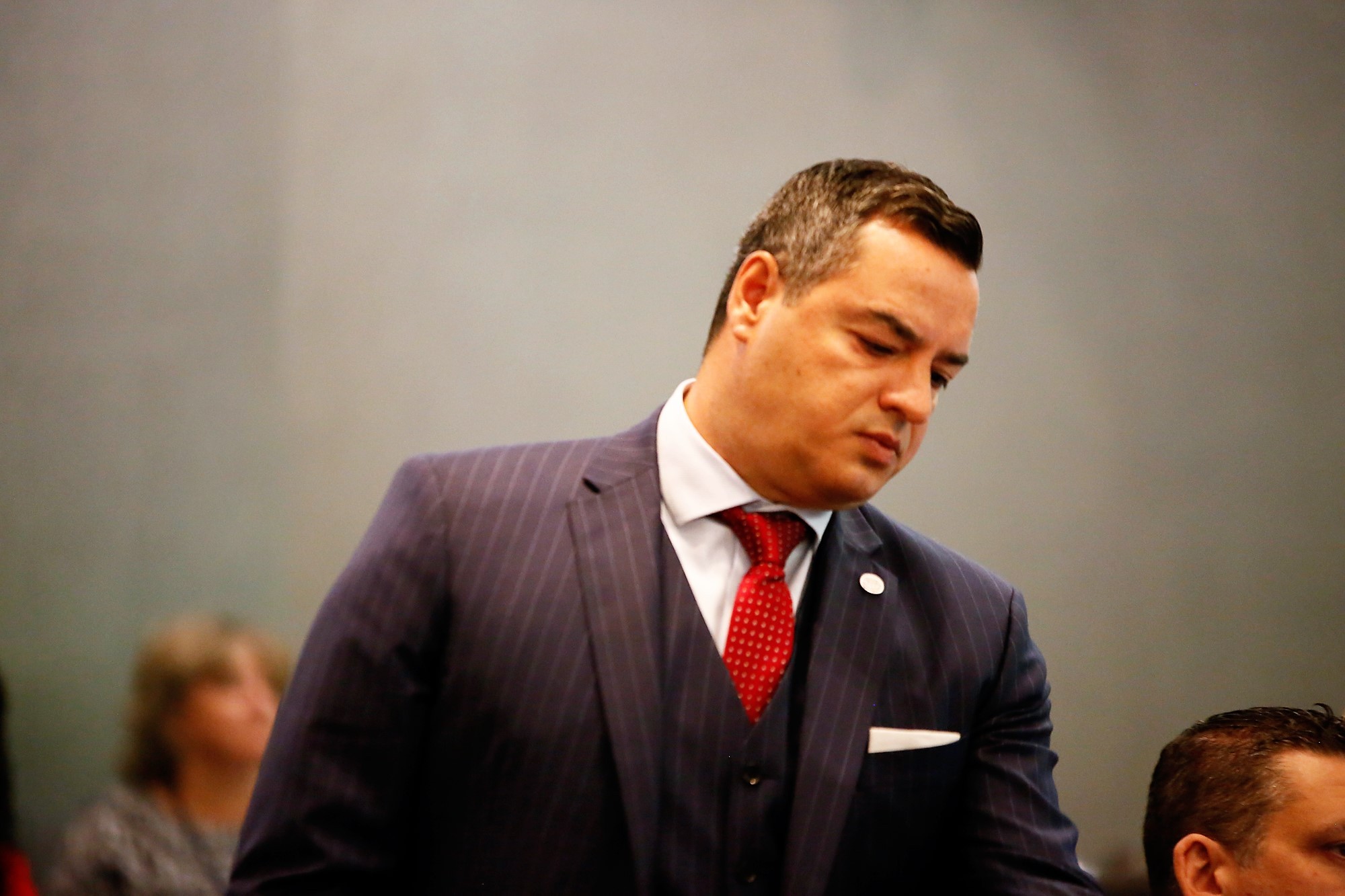
Councillor Martin Medeiros
In theory, the new-look councillor offices will have zero impact on the upcoming budget. But that will take some creative sleight-of-hand by staff. Something will have to be cut.
The intent, however, is clear: Brampton is a modern city, with huge growth issues, and the workload for councillors at the administrative and political level is beyond what it was even a decade ago. The need for a re-do was immediate.
Still, two didn’t buy that argument, and when Bowman emerged from the private, in camera session where sensitive matters involved in the move were dealt with, he talked about the need for “tight fiscal responsibility.”
He didn’t like the idea of adding $1 million a year in costs, and noted, “We’ve already added an administrative assistant last year. I just don’t know if the job has changed that much for me. I don’t think it’s required to have an extra assistant, but [he looked around the council table] it’s all up to you.”
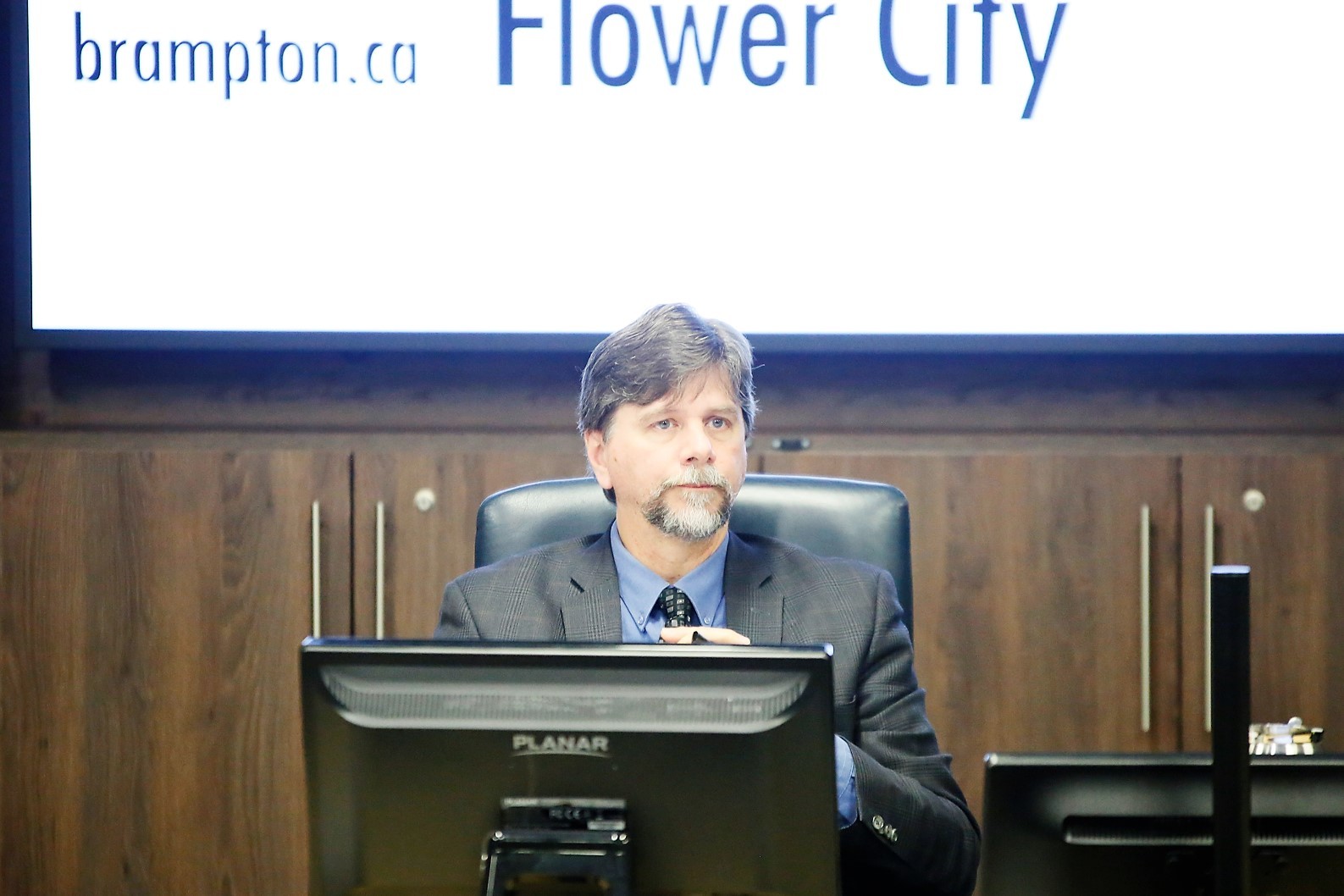
Councillor Jeff Bowman
Bowman wants a cost-benefit analysis done before the final vote is taken soon, and before saying he would not support it, he asked: “What benefit is there for the taxpayers?”
After council makes the vote official, two job signs will appear:
• Wanted: a motivated senior executive with plenty of savvy political experience.
• Wanted: an administrative assistant who can alleviate the day-to-day responsibilities (responding to emails, setting up meetings with constituents, organizing events, etc.) that are part of the workload of councillors charged with overseeing one of Canada’s largest cities.
At the Dec. 5 meeting of the Committee of Council, Wards 9 and 10 Councillor Gurpreet Dhillon tabled a motion to implement a new “political support model” that would increase councillor office budgets and give them sole oversight over their staffing decisions.
He was thrilled to vote yes on Wednesday. “The work we do is non-stop,” he said. “It affects our decisions. We don’t have the preparation time. We need additional support to handle our email from our constituents, to help organize events and to go to residents’ homes. I wake up some mornings that people are waiting for me on my sofa, wanting me to solve issues.”
Dhillon hopes the new hires will help councillors prepare better for their committee work. “We can’t always make best decisions because we’re so tied up,” he said.
It sets up high expectations for Dhillon, and those voting alongside him. Will they be taking on demanding committee roles? Will they lead the charge to fight crime or get the Main Street LRT done? Will they go to Queen’s Park with documents and research in hand to get us university funding and money for healthcare expansion? Will they pick up on Dhillon's past push to control sprawl and rebalance the tax base with a focus on commercial growth and jobs? We will see. Or will they use the extra time to attend the non-stop circuit of campaign-style events that do little to move the city forward, while helping expand the political profiles of those with bigger personal ambitions?
Dhillon's motion took into account the fact not all wards are created equal — in size and population — and some councillors may not require additional staff.
His December resolution to have staff report back to council with a fully costed report after the holiday break led to Wednesday’s vote, and a new operating system at city hall.
While Brown is toeing a frugal line when it comes to tax increases for the public, he has called for a freeze in 2019 on Brampton's portion of the property bill (which also includes the regional portion and the province's education portion), he likes the idea that the changes will put council on a more professional footing, and each member can now customize their staff. The move has no impact on his staff, as the new model is only for councillors.
The move makes sense on many levels. In 2015 an external report by former Ontario auditor general Jim McCarter, who was hired by the city to look at its books, found there are far too many employees and that unsustainable labour costs are eating away revenues.
This means there are too many staffers for bureaucratic functions. Why not give more support to the publicly elected officials who are expected to make sense of how the bureaucrats suggest spending the taxpayers’ money when they bring forward their plans for the city, which often include hiring more staff for themselves.
Brown has already called in consulting firm KPMG to conduct a sweeping audit of every city department to find savings, which could help offset the cost of extra staff for councillors.
One-time total costs in 2019 to implement the new council political model for accommodation and technology setup, exclusive of any staffing transition costs, are projected to be between $48,400 and $163,400, depending on council’s decision.
Ongoing annual costs for the council political model are projected to be upwards of $1,040,988.
Under a political support model for elected officials, which exists in many large municipalities, as well as for Members of Provincial Parliament (MPPs) and Members of Parliament (MPs), the staff are generally the responsibility of the elected officials and serve as an extension of the elected official, acting and speaking on their behalf.
Some municipalities use a hybrid support model, which includes both political support staff and corporate administration staff, but the individual roles for each position are clearly defined.
Under a political model, council staff are not members of the City’s administration. They are considered political staff and a unique subgroup of the employees hired under a standardized fixed-term temporary contract of employment for a term not to exceed the current term of council.
The City does have statutory requirements and corporate responsibilities, as does the councillor as the immediate manager of staff working in their office. It’s a support model based on autonomy and discretion, and councillors are free to hire who they wish.
One potential issue is the over-politicizing of the council dynamic. There are already 11 strong-minded elected officials expected to reach consensus to move the city forward, instead of getting mired in their differences. Now, 10 political staff will be added to that mix.
Councillors, including those inexperienced in politics, having just been elected to public office for the first time, will be expected to hire on the basis of competence and skill, not political affiliation or friendship.
The wrong moves could set the city back for another four years.
People working as administrative assistants are responsible for providing support under general direction of the councillor. There’s a hierarchy that goes from councillor to executive assistant to administrative assistant, and a sliding pay scale as well.
Councillors would be responsible for approving hours of work, attendance, vacation, lieu time, unpaid leave of absence, and expense claims for staff. Councillors would manage employee behaviour and discipline, compliance with statutory obligations, and adherence to employment policies to ensure both they and the City are meeting legislative obligations and responsibilities. The City Clerk’s Office would continue to provide some administrative support to facilitate these functions (e.g., payroll, vacations, etc.).
Given that political staff are a new and unique category of Brampton employee, not specifically referenced in existing City policies, it is necessary to establish and articulate a human resources and ethical framework for these positions. That will be worked out over the coming weeks. Establishing this new political support model for councillor offices was approved by Fay and acting Chief Administrative Officer, Joseph Pittari.
It’s still unclear whether Doug Whillans, who also voted against the move, and Bowman will take on new staff, or play a wait-and-see game before committing either way.
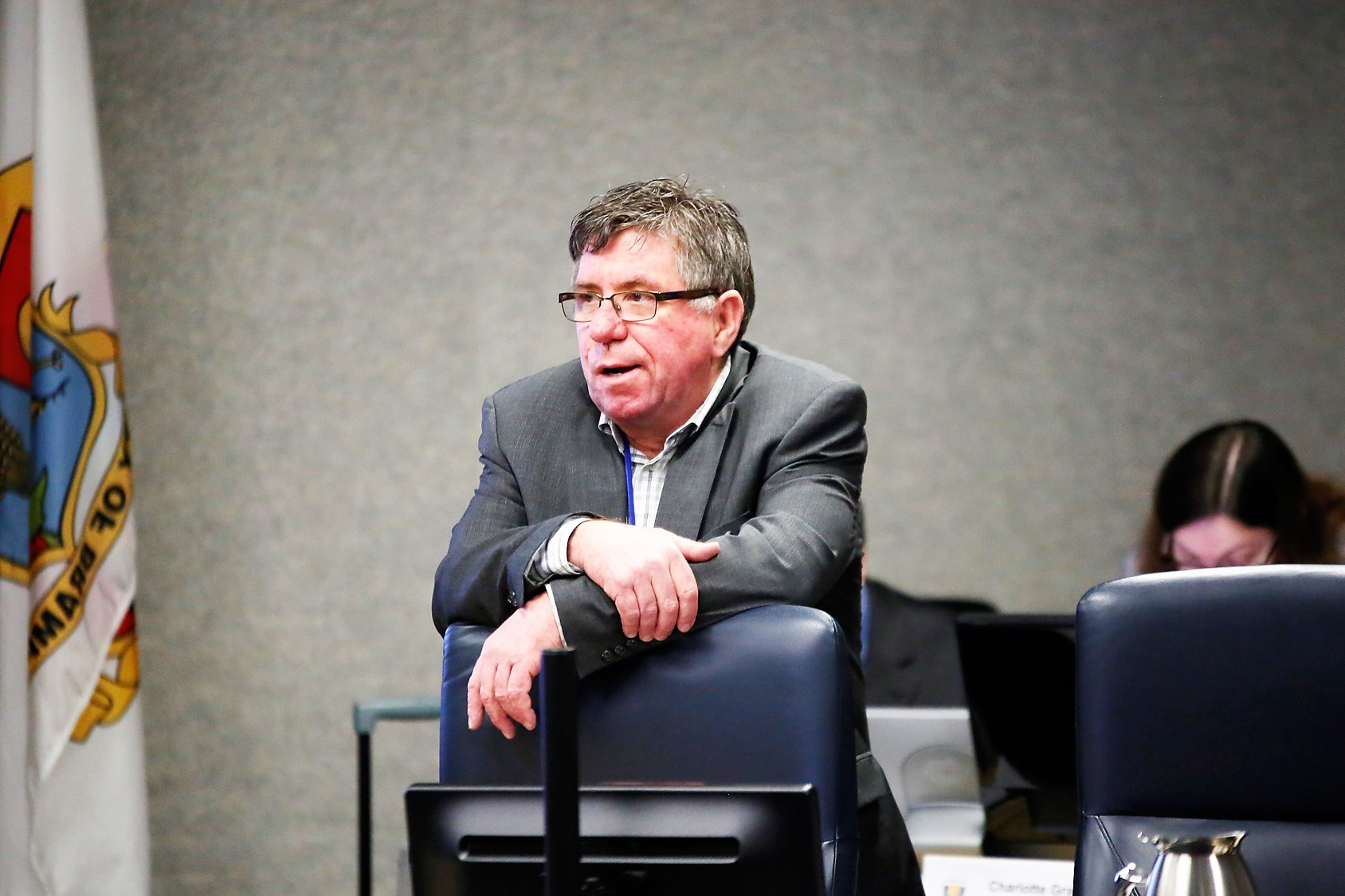
Councillor Doug Whillans
The majority of Brampton councillors and the mayor think a new political staffing model fits the needs of a city on the make, with a population that is putting more and more demands on the politicos who represent them at the local level.
This new model will mean one thing: a run on jobs at city hall.
Those with a taste for working in the high-powered world of politics, or who like to multi-task at the administrative level, should dust off their resumes and mail them to Brampton City Hall on Wellington Street.
There are plenty of positions available — and a whole lot of work to do.
Submit a correction about this story


